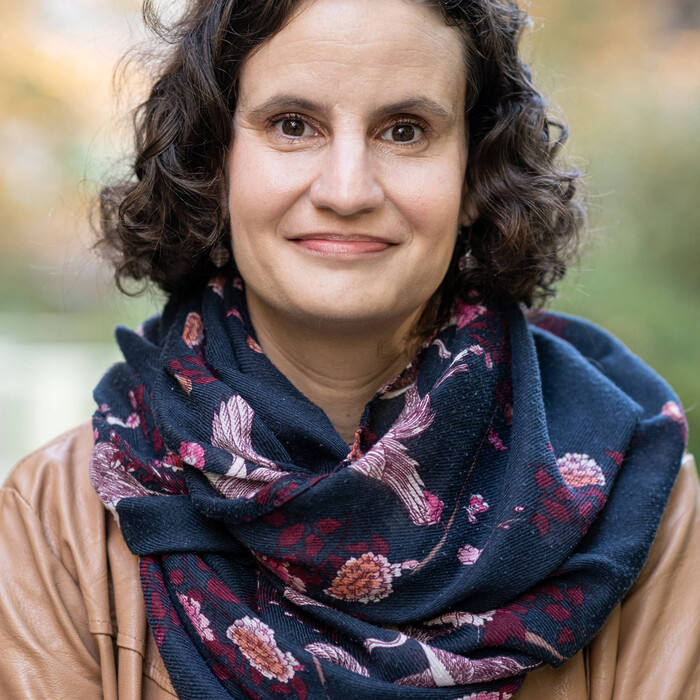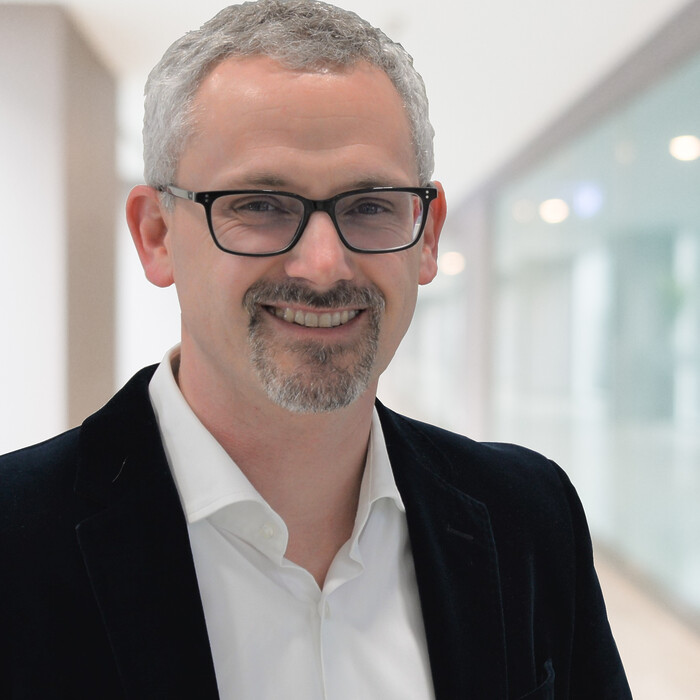The ERAT Program 2024
Keynote-Speaker 2024

Christina Wilfinger
CEO SAPSpeaker 2024
Program Overview
Legal Challenges

Assoc.Prof. Dr. Gerald Steinbauer-Wagner
Associate Professor at the Institute for Software Technology at the Graz University of TechnologyComing Soon
Coming Soon
Coming Soon
Coming Soon
Innovative Approaches for Achieving SDGs through Robotics in Industry

Astrid Weiss
TU Wien InformaticsEnhancing Sustainability Through The Assistance of Robotics. A Brief Discussion with a Focus on Austria
Dorian Dragaj, TU Wien Informatics
Integrating robotics offers a promising avenue for innovative solutions to address sustainability issues. The presentation aims to delve into the application of robotics to address Sustainable Development Goals (SDGs) in Austria, with a specific focus on four key goals: SDG 2 (Zero Hunger), SDG 9 (Industries, Innovation, and Infrastructure), SDG 11 (Sustainable Cities), and SDG 13 (Climate Action). I will provide insights into the existing robotics landscape in Austira, derived from qualitative interviews with relevant stakeholders, emphasizing their role in advancing the specified SDGs and addressing potential challenges associated with integrating robots.
Harvesting and innovation: Transformation and advances in agricultural robotics
Georg Linsberger, Josephinum Research
Johannes Zuser , Josephinum Research
Agriculture is seeing big changes with the use of robotics, leading to more efficient and sustainable farming. Robotics are making a big difference in tasks like planting, harvesting, and checking on crops, improving how much food is grown and how farms impact the environment. At the same time, Artificial Intelligence (AI) is being combined with robotics, especially for safety features like spotting problems early on and recognizing objects and people. These technologies are important for making sure robots can work safely around people and animals on farms.
Smart, autonomous and electric: How robotic systems for steep slope vineyards contribute to SDGs
Walter Wohlkinger, Robokraft GmbH
The labour shortage has compelled vintners to look for alternatives to tractor drivers for crop protection in their vineyards. On this journey, they discovered the many advantages of lightweight and smart, sensor-equipped robots. One robot does make a difference, but only once the whole system is in place and the processes have adapted to it, the compounded benefits come to bear, in diverse areas contributing to the SDGs.
It’s a Safe New World
Michael Zillich, Airskin
Rapid advances in robotics (particularly legged robots) and AI promise a plethora of new robotic applications, that can help to meet the UN’s Sustainable Development Goals: robotics in agriculture for highly efficient farming with a small environmental footprint; energy-efficient logistics from warehousing and fulfillment centers to the last mile; taking over the remaining dull and dangerous jobs to supplement an aging workforce; service robots in health care to support people with disabilities in leading healthy independent lives. All this, however, can only happen if we can make these new classes of robots safe to operate amongst humans, everywhere, every day.
In my talk I will discuss required and available technologies regarding physical robot safety, and pose the question how current regulations can keep up with these rapid developments to allow progress and while ensuring safety. (I leave safe AI for others to discuss)
Just-in-Time Methodologies for Today’s World

FH-Prof. Dr. Mathias Brandstötter
Professorship for Robotics and Mechatronic Systems and Head of the ADMiRE Research CenterUnlocking Resilient Supply Chains: Integrating Real-time Data for Sustainable Transport Networks
Angel Gaydarov, Fraunhofer Austria Research GmbH, Logistics and Supply Chain Management division
The research initiative, designated as NIKITA, is focused on the development of sustainable and cooperative transportation networks. The methodology focuses on achieving said goal by incorporating real-time data throughout the supply chain. The project explores the potential contribution to improvement of planning efficiency and establishment of resilient supply chains as foundation of sustainable logistic system, such as JIT, through optimized utilization of transport units and the inclusion of real-time data from transportation vehicles as well as from online sources via web scraping.
Enhancing Supply Chain Resilience and Efficiency through AI-Driven Operations Management
Dear Prof. Herakovič, University of Ljubljana, Faculty of Mechanical Engineering
Dr. Hugo Zupan, DIGITEH d.o.o
A cutting-edge solution will be presented designed to streamline assembly line operations using a combination of a digital twin and artificial intelligence. Our system significantly contributes to the establishment of sustainable and collaborative transportation networks by optimizing real-time data integration throughout the supply chain. By improving the utilization of transport units and ensuring materials and personnel are precisely where needed, we facilitate more efficient planning and the foundation for Just-In-Time (JIT) processes. This approach not only enhances communication and coordination between customers and suppliers but also leads to substantial reductions in unnecessary transportation, thereby lowering carbon footprints and bolstering supply chain resilience.
Coming Soon
Coming Soon
Coming Soon
Coming Soon
Coming Soon
Coming Soon
Coming Soon
Connecting the Dots: Optimizing Industrial Processes Through Interconnect-ed Data and Advanced Analytics
Embracing the Power of Interconnected Data in Modern IIoT Use Cases
In an era characterized by digital transformation and data-driven decision-making, under-standing the importance of interconnected data is essential for organizations seeking to unlock the full potential of IIoT technologies. This interconnectedness enables real-time monitoring, predictive maintenance, and optimized operations, driving efficiency and productivity across industries. By embracing relationships between data, organizations can unlock new opportunities for innovation, efficiency, and competitive advantage in the evolv-ing landscape of IIoT.
Low code programming increase efficiency
Using low-code to increase efficiency in industrial automation (Bernhard Schenkenfelder, Human-Centered Systems Design, SCCH) still needs to be specified in more detail – where is the AI application here – or the link to the topic of data itself? – I will also follow up on this.
Intelligent production – which building blocks are necessary for holistic digitalisation with added value
Digitalisation is still finding its way into the production of companies very selectively. A few sensors here, a few cameras there, an IoT connection for one machine and an AI model for analysing another. This is not intelligent, and added value is only created to a limited extent, far below the possible potential.
We show which building blocks are necessary to increase the overall level of digitalisation and generate real, measurable added value, which can then also be reflected in costs and sales. To this end, we show a solution that can be applied to both ‘green field’ and ‘brown field’ environments. We will explain how intelligent production can be implemented, from sensors and AI-supported IoT gateways to the cloud, which components are required and which services can be built on top of them.
Harnessing the Transformative Power of Data: Creating Value with Machine Learning and Algorithms
Let’s explore the transformative power of data and how we can create valuable solutions with machine learning and algorithms. We will outline the process of a data project and pre-sent potential scenarios for companies in different industries. Discover how the use of a mix of automation techniques can enhance data collection and preparation processes, optimis-ing efficiency and accuracy. Finally, we will conclude the presentation by illustrating these concepts with a fascinating real-world example.
Coming Soon

Dipl.-Ing. Dr. techn. Michael Rathmair
Deputy Director of the Institute, Research Group Leader Industrial Robot System TechnologiesComing Soon
Coming Soon
Coming Soon
Coming Soon
